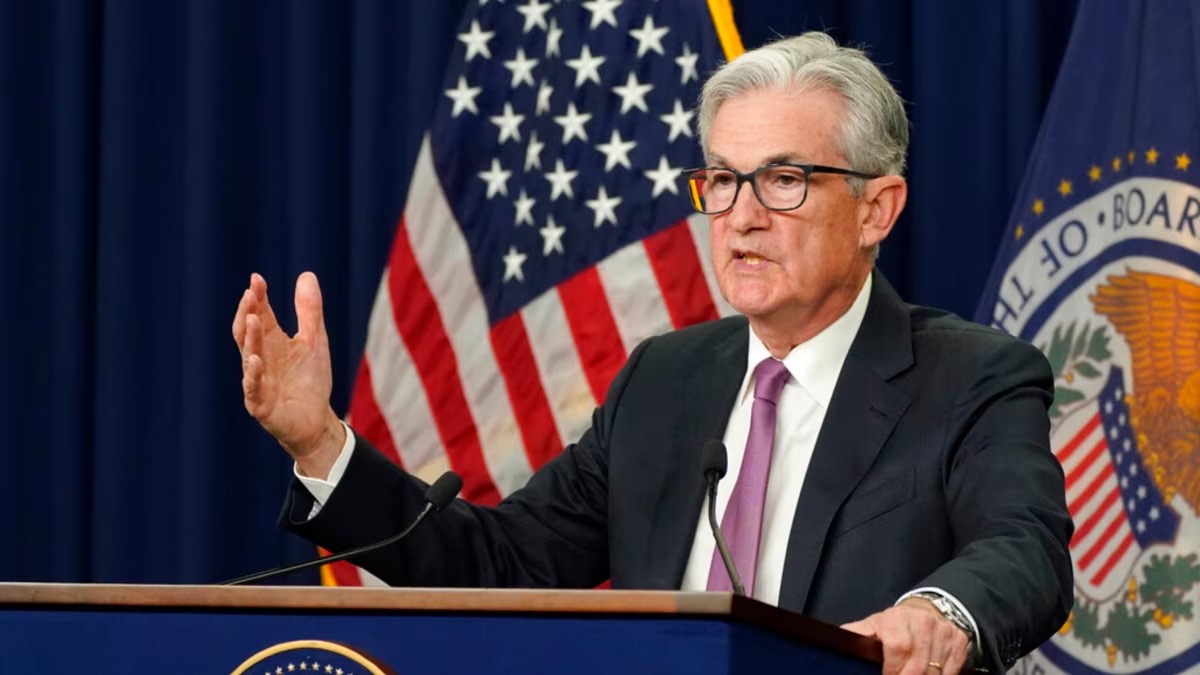Written by: White55, Mars Finance

In the early hours of Wednesday (October 15) Beijing time, Federal Reserve Chairman Jerome Powell delivered a key speech at the annual meeting of the National Association for Business Economics, signaling important insights regarding the U.S. economic outlook and monetary policy direction.
In his speech, Powell elaborated on the function of the Federal Reserve's balance sheet, reflecting on its role as a critical policy tool during the pandemic. In light of the current economic situation, he noted that although the federal government shutdown has delayed the release of some official economic data, based on existing information, there has not been a significant change in the U.S. labor market and inflation outlook since the September monetary policy meeting. He particularly emphasized that the labor market is showing signs of "insufficient vitality and slight weakness," with increasing downside risks.
Regarding monetary policy, Powell clearly stated that future policy adjustments will be strictly based on the latest economic data, outlook assessments, and changes in risk balance, rather than following a preset path. He explicitly indicated for the first time that the action of reducing the balance sheet (quantitative tightening) "may end in the coming months," suggesting that the Federal Reserve is preparing for an upcoming policy shift.
At the same time, he mentioned that there have been signs of gradually tightening liquidity in the recent money market, such as rising repo rates and temporary pressures on specific dates, but the Federal Reserve will adopt a cautious strategy to avoid a repeat of the market volatility seen in 2019.
Powell concluded that the experiences accumulated during the pandemic indicate that the Federal Reserve can demonstrate greater flexibility in using the balance sheet as a tool in the future. The overall tone of his speech was interpreted by the market as leaning towards "dovish," reinforcing investors' expectations that the Federal Reserve may cut interest rates again at the October meeting.
Below is an excerpt from Powell's speech regarding the economic outlook and monetary policy.
Excerpt from Powell's Speech Translation
Finally, I will briefly discuss the economic situation and the outlook for monetary policy. Although some important official data has been delayed due to the government shutdown, we are still regularly reviewing a large amount of data from both the public and private sectors, which remains available. At the same time, we maintain a nationwide contact network through the regional Federal Reserve Banks, from which we gain valuable insights that will be summarized in the "Beige Book" to be released tomorrow.
Based on the data currently available, it is fair to say that the employment and inflation outlook does not seem to have changed significantly compared to our September meeting four weeks ago. However, data released before the government shutdown indicated that the momentum of economic activity may be more robust than expected.
As of August, the unemployment rate remains low, but the growth rate of non-farm employment has noticeably slowed, which may partly be due to reduced immigration and a decline in labor force participation leading to weakened labor growth. In such a labor market that is showing reduced vitality and slight weakness, the downside risks to employment seem to have increased. Although the official employment data for September has been delayed, existing evidence shows that levels of layoffs and hiring remain low, and perceptions of job opportunities among residents and the difficulty of hiring among businesses continue to decline.
Meanwhile, the year-on-year inflation rate for core personal consumption expenditures (PCE) in August was 2.9%, slightly up from the beginning of the year, primarily due to the pace of increase in core goods prices outpacing the continued cooling of housing services prices. Existing data and surveys indicate that the rise in goods prices mainly reflects the impact of tariffs rather than broader inflationary pressures. Consistent with this phenomenon, short-term inflation expectations have generally risen this year, while most long-term inflation expectation indicators remain aligned with our 2% target.
The rising downside risks to employment have altered our assessment of the risk balance. Therefore, we believe it is appropriate to take further action at the September meeting, moving towards a more neutral policy stance. In balancing employment and inflation targets, there is no risk-free path for policy. This challenge is also reflected in the divergence of economic forecasts among committee members at the September meeting.
I want to reiterate that these forecasts should be understood as a range of possible outcomes, with probabilities that will change as new information emerges, which is also the basis for our dynamic policy formulation at each meeting. We will set policy based on the development of the economic outlook and the risk balance, rather than following a predetermined path.
免责声明:本文章仅代表作者个人观点,不代表本平台的立场和观点。本文章仅供信息分享,不构成对任何人的任何投资建议。用户与作者之间的任何争议,与本平台无关。如网页中刊载的文章或图片涉及侵权,请提供相关的权利证明和身份证明发送邮件到support@aicoin.com,本平台相关工作人员将会进行核查。


